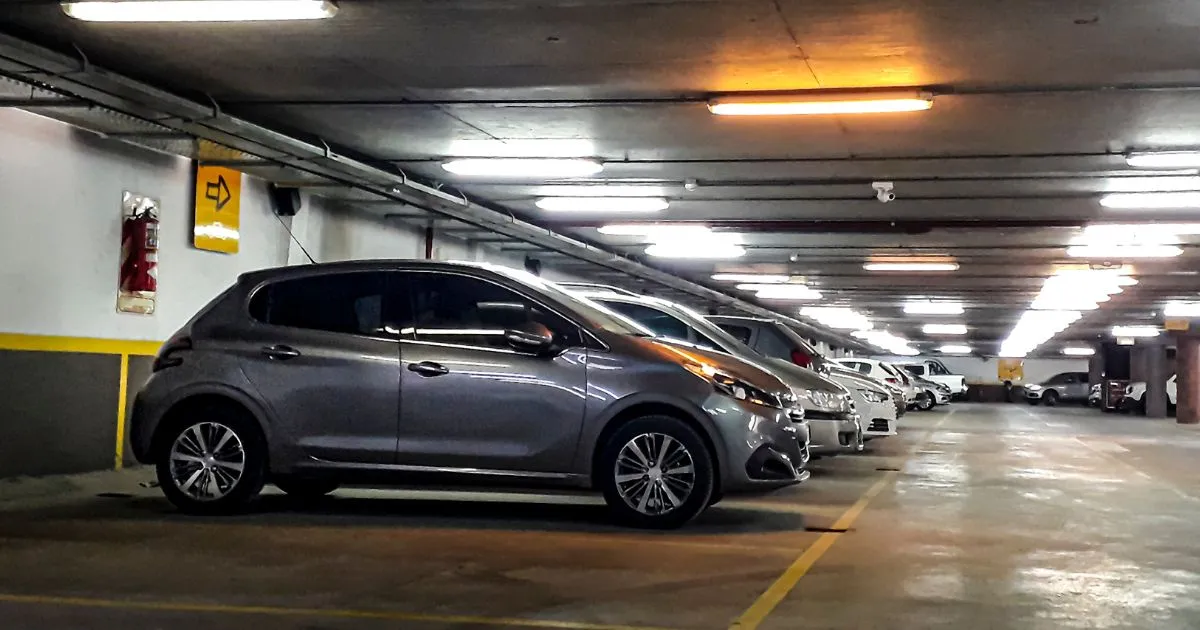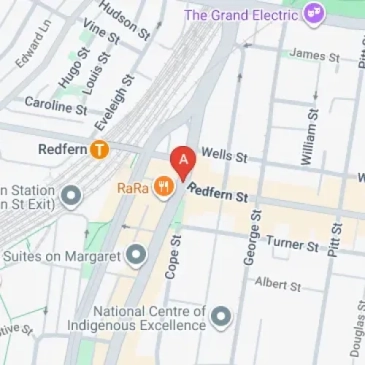Why Some Cities Are Banning Free Parking And What That Means for You

As cities across Australia and the world grapple with congestion, pollution, and housing affordability, an unexpected culprit has emerged - free parking. This seemingly benign amenity is now being reconsidered by urban planners and policymakers. For drivers accustomed to abundant free parking spaces in city centres, this shift may come as a surprise. But what's driving this change, and how will it affect you? Whether you're a daily commuter, occasional visitor, or local business owner, understanding the rationale behind eliminating free parking is crucial. This article explores the motivations, impacts, and potential benefits of this urban planning trend that's reshaping our cities and how we move within them.
The End of Free Parking: What It Means
The concept of banning free parking involves eliminating or significantly reducing no-cost parking spots in urban areas. This can include introducing paid street parking, removing minimum parking requirements for new developments, or converting existing parking lots to other uses. The idea stems from the work of urban planning expert Donald Shoup, who argued that free parking encourages car dependency and inefficient land use. This shift represents a significant departure from decades of car-centric urban planning, aiming to create more livable, sustainable cities.

How Parking Reform Works
Implementing parking reform typically involves several steps:
Cities often start by targeting high-demand areas or neighborhoods near public transit. The goal is to manage parking demand more efficiently, encouraging people to consider alternatives to driving when possible. For example, San Francisco implemented a demand-responsive pricing system that adjusts parking rates based on occupancy, ensuring that some spaces are always available.
According to Greater Canberra "Parking sounds like a rather mundane topic, but once you start learning about how much parking has shaped our cities, you won't be able to stop noticing it everywhere." This observation highlights the need for comprehensive parking reform strategies that address not only immediate parking concerns but also long-term urban planning goals.
Benefits of Eliminating Free Parking
Proponents argue that removing free parking can lead to numerous benefits:
A study by researcher Ian Carlton found that parking reform alone can boost homebuilding by 40 to 400 percent. This dramatic increase in housing supply could help address affordability issues in many cities. Additionally, eliminating free parking can generate revenue for cities to invest in public services and infrastructure improvements.

Challenges and Drawbacks
Despite the potential benefits, eliminating free parking faces several challenges:
Critics argue that removing free parking without adequate alternatives can disproportionately affect certain groups. As noted in the Parking Made Easy blog, "It's important to consider the needs of all community members when implementing parking reforms." Balancing these concerns with the broader goals of urban improvement remains a key challenge for policymakers.
Real-World Examples
Several cities have already implemented significant parking reforms:
In Australia, the City of Yarra in Melbourne removed minimum parking requirements for new developments in 2022, becoming one of the first councils in the country to do so. Early results suggest these reforms can lead to more affordable housing and increased use of sustainable transportation options.

Trends and Alternatives
As cities move away from free parking, several trends are emerging:
Alternative approaches include implementing parking benefit districts, where parking revenue is reinvested in local improvements. As Daniel Battaglia notes in Parking Made Easy: Making Life Easier, "The great thing about renting parking spaces is that everyone benefits. Those who rent out their driveway, parking spot, garage or land have extra income, which is always nice, while those needing parking spaces get a great deal, save money and have a parking space that will always be there when they need it." This peer-to-peer approach, facilitated by platforms like Parking Made Easy, offers a market-driven solution to parking challenges.
Conclusion: Adapting to a Changing Urban Landscape
The shift away from free parking represents a significant change in how we think about urban space and mobility. While challenges remain, the potential benefits in terms of sustainability, affordability, and livability are substantial. As cities continue to evolve, it's crucial for residents, businesses, and policymakers to engage in constructive dialogue about the future of parking and urban mobility.
For those looking to navigate these changes, staying informed and exploring alternative parking options is key. Whether it's using public transit more frequently, participating in car-sharing programs, or utilizing peer-to-peer parking platforms, there are many ways to adapt to this new urban reality. We encourage you to share your thoughts and experiences with parking in your city. How has the changing parking landscape affected you? Leave a comment below or sign up for free to join the Parking Made Easy community and stay updated on the latest parking trends and solutions.
**Daniel Battaglia, Parking Made Easy:** As part of the Parking Made Easy team with the assistance of Generative AI, Daniel Battaglia offers his experience in the car parking industry. He is dedicated to providing valuable information and resources to help you make smart parking choices and has been widely quoted in national media outlets. Connect with Daniel directly at daniel@parkingmadeeasy.com.au for further assistance.



Share